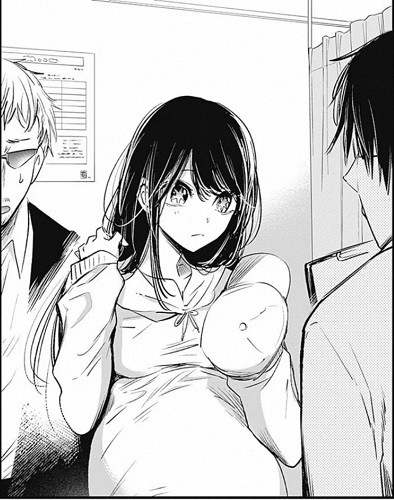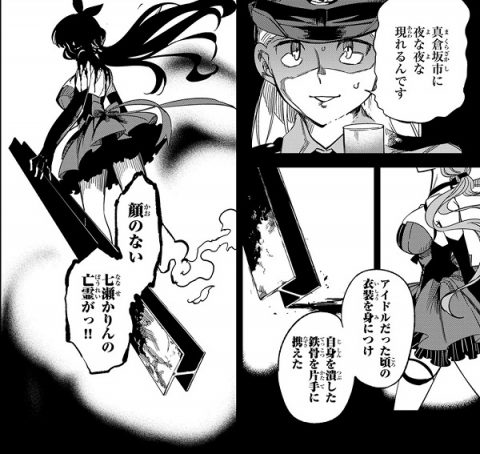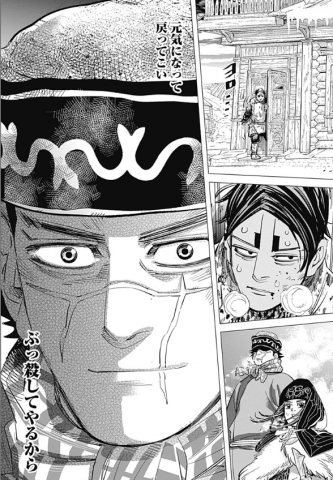"Rurouni Kenshin" is set in the late Edo period through to the Meiji era, but did you know that there is a Jump manga with a similar setting as "Rurouni Kenshin"? When analyzing the scenes and themes of "Gintama," a slapstick sci-fi period drama set in the late Edo period, we can see that it was heavily influenced by Rurouni Kenshin. In this article, we will explain the similarities in the themes of "Rurouni Kenshin" and "Gintama," which can be said to be the two great towers of Jump manga period dramas set in the late Edo period, and what elements "Gintama" inherited from "Rurouni Kenshin."
Kenshin and Gintoki
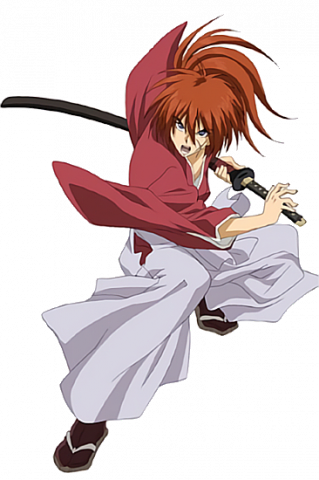
So, what commonalities do Himura Kenshin and Sakata Gintoki, the protagonists of "Rurouni Kenshin" and "Gintama", have? Naturally, if Gintama was heavily influenced by Rurouni Kenshin, then elements of Himura Kenshin should also be inherited by Sakata Gintoki, the protagonist of Gintama. Here, I would like to introduce the commonalities between Himura Kenshin and Sakata Gintoki.
Kenshin is a restorationist, Gintoki is a Joi patriot
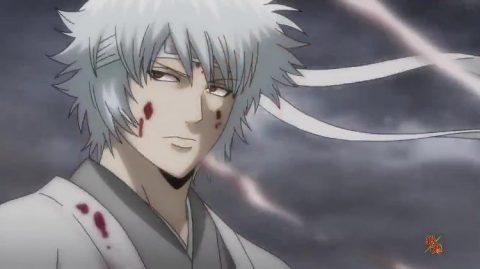
One of the things Kenshin and Gintoki have in common is that they are both swordsmen who were active during the end of the Edo period. However, in the story, it is explained that Kenshin was a restorationist, and Gintoki was a Joi patriot. What exactly is the difference between a restorationist and a Joi patriot?
What is the difference between a restorationist and a Joi patriot?
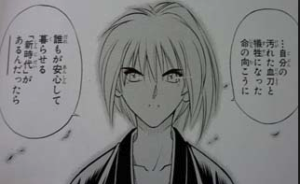
To put it simply, the Restoration Patriots and the Joi Patriots have different goals beyond military force. As the name suggests, the Restoration Patriots are those who are active with the goal of bringing about a restoration to Japan through military force and creating a new world, while the Joi Patriots are those who fight to carry out a movement (the Joi movement) to expel foreigners who have come to Japan (in the world of Gintama, the alien Tenjin).
They both carry the same burden
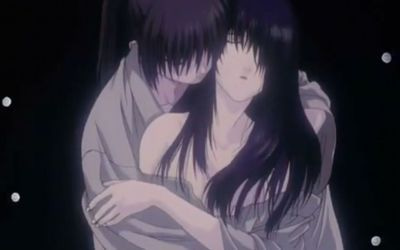
Although there is a difference between a restorationist and an anti-foreigner patriot, they share the fact that in the past they were unable to protect what they wanted to protect with their own strength. It can be said that Himura Kenshin and Sakata Gintoki carry the same burden.
Bonds with friends

Kenshin and Gintoki share a similar past, but they are blessed with friends throughout the story and gradually come to terms with their own pasts. Kenshin has friends from Kamiya Dojo such as Kaoru and Yahiko, while Gintoki has friends such as Shinpachi and Kagura who appear as key people.
Characters with the same motif
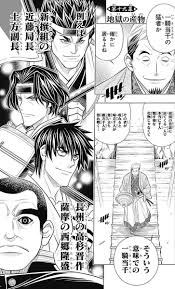
Since Rurouni Kenshin and Gintama are set in the same era, many characters with the same motif appear. Characters based on historical figures are often accepted by a wider range of people than original characters because there are already fans of those historical figures. Many people end up liking characters with the same motif in Rurouni Kenshin and Gintama, don't they?
Katsura Taro
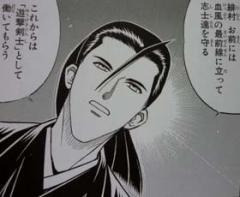
Katsura Taro, who played an active role in enemy reconnaissance and reconnaissance missions during the Boshin War, also plays an active role in Gintama and Rurouni Kenshin. In Gintama, he is portrayed as Katsura Kogoro, a comrade of Sakata Gintoki in the Joui War, and in Rurouni Kenshin, he is portrayed as the reliable boss who discovered Himura Kenshin's talent.
Nagakura Shinpachi
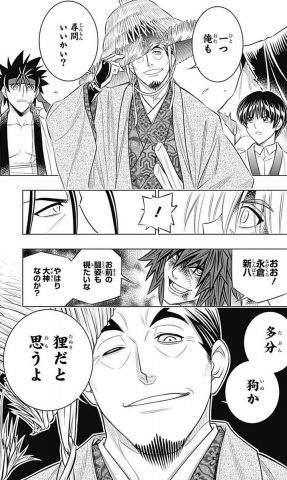
The swordsman Nagakura Shinpachi, who served as the head of the Shinsengumi's second squad, also appears as a character in both Rurouni Kenshin and Gintama. In Gintama, he is not a member of the Shinsengumi, but rather as Shimura Shinpachi, a subordinate of Sakata Gintoki who runs a general store. Many people were surprised to find out that he was a swordsman of the Shinsengumi, as he is usually a straight man character. On the other hand, in Rurouni Kenshin, he appears as a new companion to Kenshin in the Hokkaido arc. Unlike Shinpachi in Gintama, he is portrayed as an excellent swordsman, and it can be said that Shinpachi Nagakura is a character who is treated very differently in Gintama and Rurouni Kenshin.
Saito Hajime
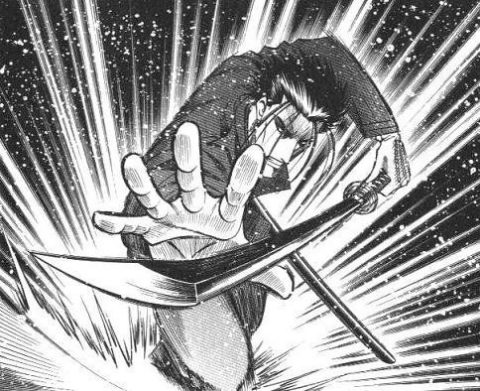
A character based on Saito Hajime, who was active during the late Edo period as vice-captain of the Shinsengumi and captain of the third division, also appears in both Gintama and Rurouni Kenshin. In Gintama, he appears as Saito Hajime, captain of the Shinsengumi's third division, and in Rurouni Kenshin, he appears as Himura Kenshin's rival from the late Edo period.
Okita Souji
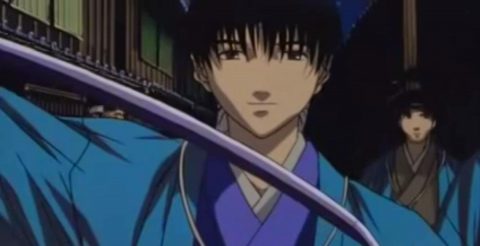
A character based on the swordsman Okita Souji, who was active as a member of the Shinsengumi's First Division, also appears in Gintama and Rurouni Kenshin. In Gintama, he appears as the sadistic policeman Okita Sougo, and in Rurouni Kenshin, he is depicted fighting alongside Kenshin and Saito Hajime in Kyoto at the end of the Edo period.
Takasugi Shinsaku
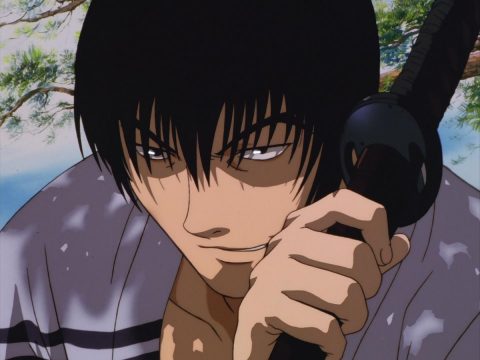
Takasugi Shinsaku, who founded the Kiheitai as a Choshu clansman and accelerated the movement to overthrow the shogunate, also appears in Gintama and Rurouni Kenshin. In Gintama, he appears as Takasugi Shinsuke, a past comrade of the main character Sakata Gintoki who secretly works as the final boss, and in Rurouni Kenshin, he appears as a character who works in the shadows to overthrow the shogunate together with Katsura Kogorou, who discovered Kenshin.
Discrepancies with historical facts
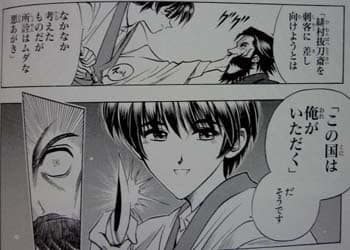
Furthermore, it can be pointed out that there are discrepancies with historical facts in Gintama and Rurouni Kenshin. Rather than developing the story faithfully to historical facts, as a manga for boys, Rurouni Kenshin's ingenuity of fabricating certain events to make it easier to understand is further polished in Gintama.
Gintama is even more out there!!
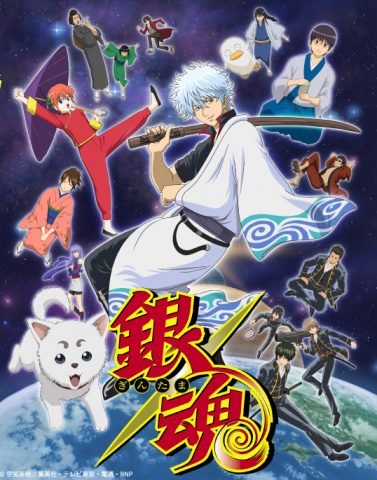
Rurouni Kenshin also has some changes, such as the Kioizaka Incident, but Gintama adds the ridiculous setting that the Shogunate was forced to open its borders by the Tenjin (aliens), and you can get a glimpse of the stance of Jump manga as a period manga.
The conflicts in a new era are the same
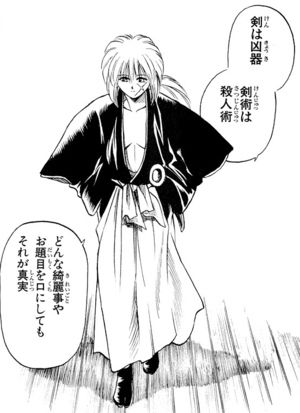
However, although the times and other aspects of Gintama and Rurouni Kenshin are very different, the theme of both is the same: "Those who were unable to protect what was important in the past war find what is important again after the war."
Themes of Rurouni Kenshin and Gintama
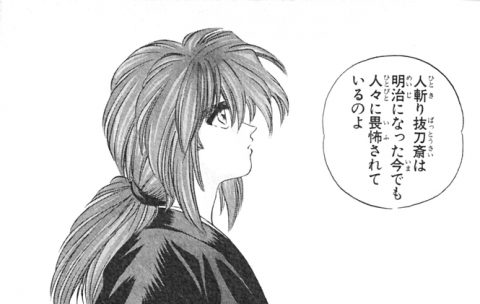
Now, let's take a closer look at the similarities between the themes of Gintama and Rurouni Kenshin, as explained above.
A new form of Bushido

The common theme depicted in Gintama and Rurouni Kenshin is, first of all, "a new form of Bushido in modern Japan." During the Meiji period, as civilization blossomed, martial arts such as jujitsu and swordsmanship were rejected, and Japanese martial arts were in danger of being abolished. Therefore, the professional stance of teaching killing techniques was changed to a stance of practicing martial arts to train one's mind.
Swords that destroy and swords that protect
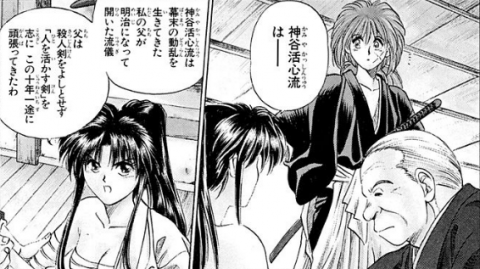
With the abolition of the samurai, who had been the ruling class until then, Japanese swordsmanship developed from swordsmanship for killing people in battle to swordsmanship for protecting what is important to oneself as a martial art. This can be said of both Gintoki, who cursed himself for not being able to protect Shoyo in the Joui War, and Kenshin, who brutally murdered his ex-wife and vowed not to kill.
The origin is a Yankee rehabilitation manga! ?
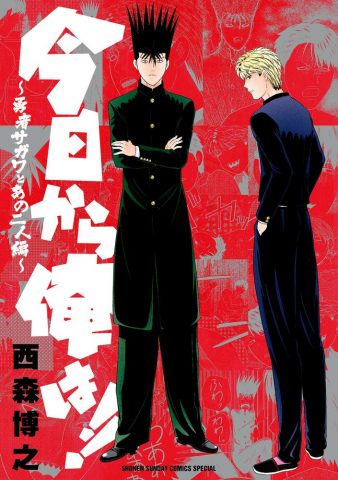
In this way, the story's development, in which Kenshin reflects on his past fighting methods and interacts with new allies, realizing that he should use his power to protect something rather than destroy it, can be traced back to a yankee manga. Perhaps the motif is a yankee manga like "From Today, It's Me!!"
Homage to Rurouni Kenshin in Gintama
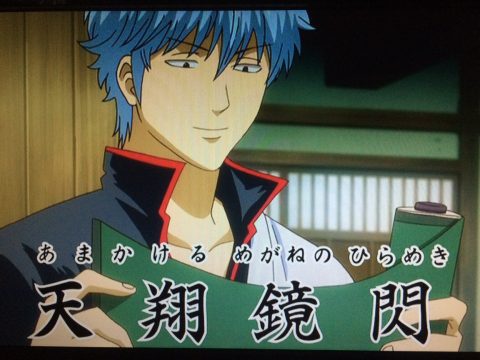
There are many homages to Rurouni Kenshin in Gintama, probably because the themes of the two works are similar.
Kuzu Ryusen
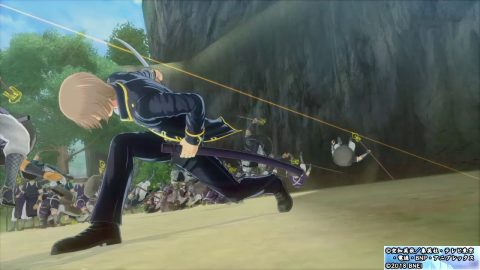
In the game Gintama Ranbu, the Gintama character Okita Sougo uses "Kuzu Ryusen" as his special move. This is, of course, a homage to the Hiten Mitsurugi-ryu secret technique "Kuzuryusen."
Shimura Shinpachi "Kill evil immediately!!"
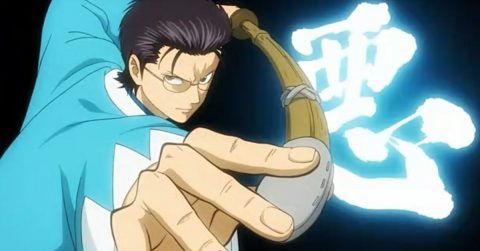
In the "We Are" arc of Gintama, when Shimura Shinpachi was working for Hijikata Toshiro, the new president of Yorozuya, whose body had been swapped with Gintoki's, he held up the "Kill evil immediately" sign, and the effect of the "Kill evil immediately" sign suggests that this is an homage to Saito Hajime's "Kill evil immediately" sign from Rurouni Kenshin.
Respect for other works seen in Rurouni Kenshin
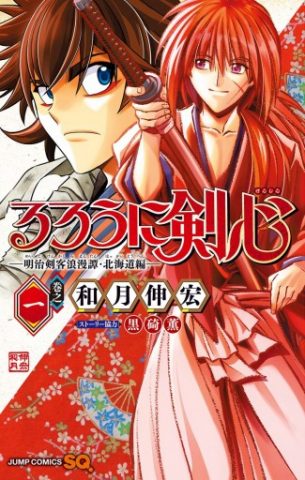
There is a lot of respect for works, especially Gintama, and this can also be seen in Rurouni Kenshin. For example, when Sagara Sanosuke says something along the lines of "What's mine is mine and what's yours is mine," Kenshin points out that it's "gigantism," and there are many tsukkomi that ignore the historical background of the Meiji era.
Rurouni Kenshin's ingenuity
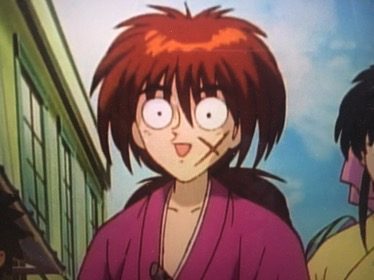
What is the point of using material from other works like this? Especially in a period manga like Rurouni Kenshin, such material could lead to a decrease in realism.
It allows you to see a serious story from a bird's-eye view!!
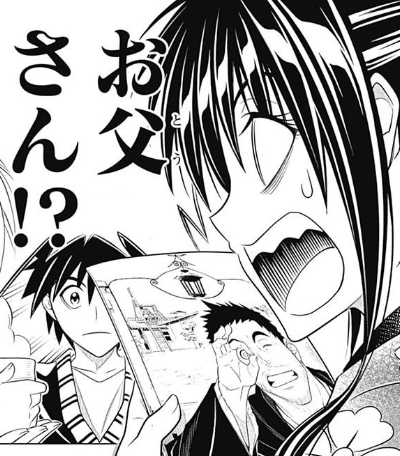
However, on the other hand, by inserting such a joke, the reader can read the work calmly without empathizing too much with the work. By making the reader chuckle, "Oh, this is just a manga after all," the author makes the reader understand the theme that the author wants to convey through the work logically.
Gintama makes the most of the more powerful ingenuity!
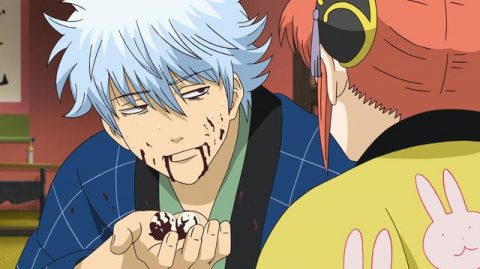
In this way, Gintama takes these Rurouni Kenshin ingenuity and uses it in an even more powerful way. By using these kinds of jokes even more than Rurouni Kenshin, readers can see the work from a bird's-eye view, and the serious episodes that are inserted in the middle often touch the hearts of readers.
Summary
What did you think? This time, we have compared and explained "Rurouni Kenshin" and "Gintama," which are set in the same era. Gintama in particular tends to seem like a rather random work, but if you analyze it in detail, you'll see that it makes good use of the ingenuity of its predecessor, Rurouni Kenshin. In this way, it may be interesting to analyze various works while comparing them without being tied to one work and discover something new.

